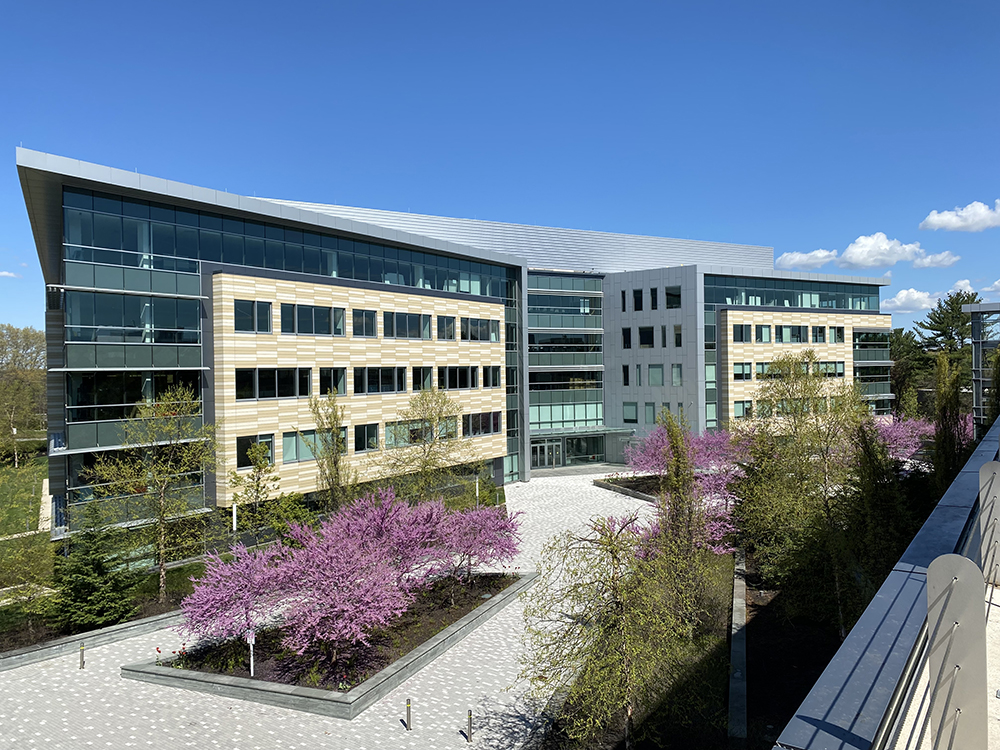The temperature of the industrial market - by Bill Pastuszek
The industrial market is not nearly as sexy to talk about as the office, triple net, and multi-housing markets but it is an important measure of the health and direction of the New England economy. I recently had the opportunity to lead a panel of industrial market experts who provided some great insights into the characteristics of the industrial market.
The industrial market here is defined as manufacturing buildings, warehouse properties, food, distribution, lab/high-tech buildings, and a broad selection of special purpose and owner-user buildings.
In New England’s clearly post-industrial economy there are signs that some basic manufacturing and fabrication activity has returned or may return as part of the “on shoring/back to USA” trend noted by some commentators. Some companies have brought high skill manufacturing tasks back here.
The panel’s general consensus was that the forecast for the industrial market in general (always dangerous to talk in generalities) is for some moderate (mostly demand-based and not speculative) growth taking place in outlying submarkets.
Nonetheless, industrial locations along Route 128 continue to shrink, mostly due to re-purposing. Notably, the Polaroid site in Waltham is now retail and office; Westwood Crossing will become residential/retail; and the Needham Business Park is continuing to transition to office (TripAdvisor), lodging, office, and multi-unit housing. Woburn contains some industrial pockets but has limited expansion potential due to a lack of large sites. Housing, often through CH. 40B developments, has consumed much industrial land. It is reported that over 1 million s/f of industrial land has been lost to residential development.
A related trend noted stressed the resurgent popularity of rail and intermodal transportation. Industrial parks are likely to continue their trend toward a mixture of uses.
The low availability and high price of land is a major impediment to industrial development. At the same time, rents have decreased since 2004 after adjusting for inflation. There are northwestern industrial markets where prices and rents have not moved significantly for 20 years. Favorable southern New Hampshire rents also present a challenge to attracting companies to Massachusetts.
More positive develpments include movement to outlying locations to escape the traffic, congestion, and high operating and living costs of Boston. MassEcon has been helpful in locating outlying sites and making potential users aware of them. The MassEcon Statewide Perspective targets sites to meet user needs in terms of labor, community responsiveness, proximity to supply chain partners, and appropriately permitted and infrastructure-served sites. The challenge for Massachusetts is to manage demand for large, market-ready sites and to capture the growth of emerging companies as they move from research, prototype, and scale-up to manufacturing. As the panelist noted, “You can do your research in Cambridge, and manufacturing in Worcester.”
Most observers agree that the Greater Boston Market lacks a ready supply of newer, modern buildings suitable for modern industrial use. Boston’s grand age of high-tech left the area with many low-ceilinged, highly obsolete buildings. Current industrial users are typically looking for high bay space. Despite its nickname, Boston is not a hub market and is not as well positioned to serve regional demand as places like Northern new Jersey, Chicago, or Atlanta are.
Nonetheless, overall industrial vacancy is at a 10 year low. The construction pipeline is relatively barren. Absorption has been postive. Route 24 represents an activity epicenter.
On the investment end there is sufficient, if not abundant, capital and debt funding sources. Cap rates have shown a slow downward trend, and some commentators believe further significant compressions is unlikely, at least in the investment grade market sectors. Industrial cap rates have shown substantial compression over the past 3-5 years.
With growing demand for industrial, particularly in warehousing/distribution applications (e.g. Amazon), this market bears watching. While not a “mega” or “hyper” growth sector, barring any major setbacks (geo-political, cost of money, economic instabilities), the fundamentals seem to support a positive trend for industrial properties over the near future.
Bill Pastuszek, MAI, ASA, MRA, heads Shepherd Associates, Newton, Mass.
Newmark negotiates sale of 10 Liberty Sq. and 12 Post Office Sq.


Make PR pop by highlighting unique angles - by Stanley Hurwitz

Four tips for a smooth 1031 Exchange - by Bill Lopriore

Five ways to ruin a Section 1031 Like-Kind Exchange - by Bill Lopriore









